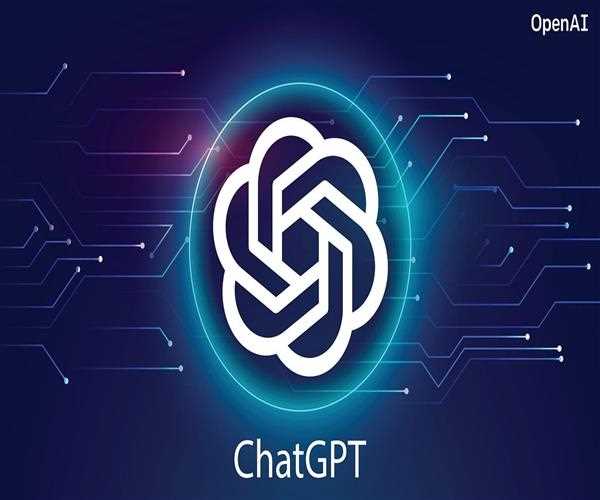Generative Pre-trained Transformer, or GPT is an advanced language model created by OpenAI that can produce text that appears to be human, entirely predicated on the information it receives. However, how does GPT comprehend and produce text? The key feature of GPT is its crawling strategy by which it navigates the enormous ocean of text data to download the significantly effective aspect – learning and creation of coherent responses.
The process that GPT uses for crawling is much like a spider navigating its web, move between its threads to compile information; its nodes are not disjoint but rather connected. In the same light, GPT scans an extensive web of text data comprising websites, compositions, novels, and other offers to accumulate an overall view of patterns and semantics of language GPT breaks down this data into manageable increments and firmly embraces that the structure is analyzed and thus a store for understanding is created which acts as the basis for text generation. In this article, we’re going to see the crawling strategy of GPT in easy terms, revealing how it reads, comprehends, and generates text.
Understanding GPT's Crawling Strategy:
Let's break down GPT's crawling strategy into simpler components:
1. Data Collection:
Similar to how a spider uses its surroundings to its advantage to catch food and weave its web, GPT uses a wide range of online sources to collect data. These sources include a vast array of text-based content, such as books, articles, websites, and other text-based resources. Because of its thorough approach to data collecting, GPT is able to search a wide range of themes, writing styles, and linguistic patterns among the enormous body of internet material. GPT builds its extensive knowledge base by searching the web for textual content, which enables it to learn and comprehend human language in all of its complexities and subtleties.
2. Text Processing:
After receiving data from GPT, it further analyzes the text data to derive intelligible patterns and inferences from the information provided. This means dissecting the text into discrete elements, words, phrases, and sentences, to analyze their morphology, semantics, and discourse. GPT applies NLP methods to interpret the nuances of human language.
3. Learning and Adaptation:
From the information that GPT handles and learns how to analyze and process the data, it improves the language generation capacity. Just as a spider learns its response to a stimulus by observing its environment, GPT adjusts its language creation based on patterns and particulars the model detects in the text dataset it has processed.
4. Generation of Text:
GPT after learning from data it collected filtered, and processed generates human-like responses according to the size and type of the input parameter. This includes the fusion of individual words, phrases, and sentences in a consistent tone, by way of understanding structural abstractions as well as counterparts of words.
Components of GPT's Crawling Strategy:
To better understand GPT's crawling strategy, let's delve into key components and how they contribute to its language generation capabilities:
1. Transformer Architecture:
GPT, a transformer architecture-based system, processes and analyzes text data effectively. Multiple layers of self-attention mechanisms forming the transformer model contribute to focusing on the relevant context part while ignoring irrelevant information, which is possible for GPT. GPT’s architecture is of crucial importance to the outcome, thus helping the model to comprehend and produce text.
2. Fine-tuning Process:
Beyond its pre-training phase, during which it learns from large quantities of text natural data, GPT suffers a fine-tuning process that adapts its language generation performances according to special tasks or sub-domains. This also implies subsequent retraining on a hand-crafted dataset targeted at the desired activity like translation, summarization, or question answering. Fine-tuning allows for specializing GPT in certain areas where its efficiency can be advanced by task application.
3. Contextual Understanding:
The strong point of GPT is context-based text generation and understanding. It uses the context of words or sentences before it to produce logical and relevant answers Such a contextual understanding allows GPT to generate human-like text which is contextually relevant and semantically useful.
4. Text Generation Strategies:
GPT uses several strategies for text generation such as sampling, greedy decoding, and beam search resulting in diverse and readable text outputs. Such frameworks govern how GPT words together determine what it picks words in what arrangement, guaranteeing the information the model produces is formed wherein and truth and how the model words.
Essentially, GPT's crawling approach is essential to its capacity to gather large volumes of textual material, understand it, and produce language that is human-like. GPT gains knowledge from this data to improve its language generating abilities through pre-training and fine-tuning. Using NLP advanced techniques as well as a transformer architecture, OpenAI's GPT adjusts its language generation and utilizes text generation strategies aimed at providing coherent and relevant text outcomes. By analyzing GPT ‘s crawling mechanism, one can realize how analogous its text/language produced to the human being-powered ones, bringing about a revolution in the natural language processing and artificial intelligence fields.




Leave Comment